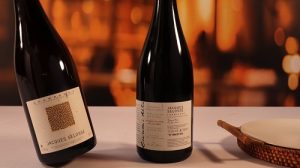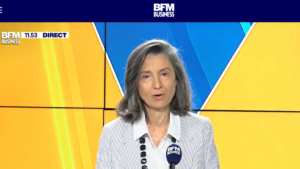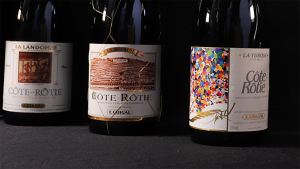 The operating company at Château Giscours has issued a statement confirming that it will appeal the French court’s heavy sentence in the chaptalisation affair of their 2016 vintage.
The operating company at Château Giscours has issued a statement confirming that it will appeal the French court’s heavy sentence in the chaptalisation affair of their 2016 vintage.
On the 21st June, a dark cloud hung over the Médoc. Not only did Château Giscours announce the passing away of Eric Albada Jelgersma, owner of the operating company at the property but also its decision to appeal the severe verdict of the French court in the chaptalisation drama that has haunted the 2016 vintage. Lamenting the “cumbersome bureaucracy and faulty communication of information”, the director of the property, Alexandre Van Beek was keen to insist that on no fraudulent intention. So, what is this saga?
Chaptalisation is the adding of sugar to grape musts before fermentation to boost the alcohol content of the wine. This is common practice in years where grapes don’t reach optimum maturity and, although authorised in France, it is strictly controlled. If the conditions imposed by the authorities aren’t met, chaptalisation becomes viewed as a falsification in the eyes of the law and winemakers can receive harsh sentences. If a winemaker wishes to chaptalise, they must apply for permission first to the local ODG (Organisme de Défense et de Gestion) who then transfer the request to the INAO (l’Institut National des Appellations d’Origine). It is this organisation who make the final decision.
Winemaking can be a stressful ordeal. Dictated by such fickle forces as the weather, decisions often have to be made on the spot. Lengthy administrative processes such as this can therefore cause difficulties and the time it takes for the powers that be to grant authorisation can make all the difference between a successful and a disastrous vintage. Château Giscours was faced with such a dilemma in the production of their 2016 vintage. Finding themselves in a such a situation that, Château Giscours sent its request for chapitalisation to the ODG and received the green light the same day via telephone and then via email. They proceeded to enrich the grape musts in the two vats that needed it. However, that same day they received another email from the ODG stating that the Merlot variety was to be excluded. The two vats containing 80% Cabernet Sauvignon and 20% Merlot that had already been chaptalized were separated and not used in the final blend.
During checks carried out by the Direccte (Direction Régionale des Entreprises, de la Concurrence, de la Consommation, du Travail et de l’Emploi) a few months later, the château demonstrated total transparency. Amid the confusion caused by the email communication from the ODG (an error that the ODG admitted to in February 2018), a technical error during chaptalisation also surfaced. Nonetheless this error that had no impact on the final blend as the two vats in question were discarded.
The final verdict has clearly not taken into account the arguments presented by Château Giscour’s lawyers. The company has been fined €200,000 and two of its managers have been handed a three-month suspended sentence and more fines. The two vats in question have been placed under seal. Alexandre Van Beek, who since 1995 has helped the wines of Château Giscours reach new heights, was faced with no choice but to appeal this judgement.
The Château Giscours saga is an example of French bureaucracy at its finest and brings to light the difficulties producers face when caught between the cumbersome administrative processes and reacting in the fast-changing world of winemaking.
See all wines currently on sale
Not yet registered to buy wines with us? Sign up here for free!
Other things to read on the iDealwine blog:
Château Giscours: Eric Albada Jelgersma passes away
Bordeaux wines now contain three times fewer pesticides than less than 4 years ago



